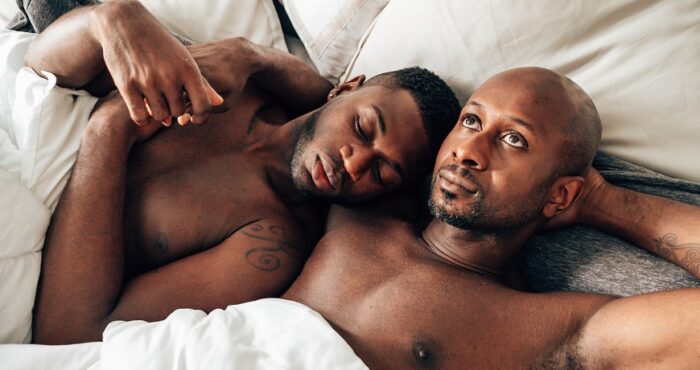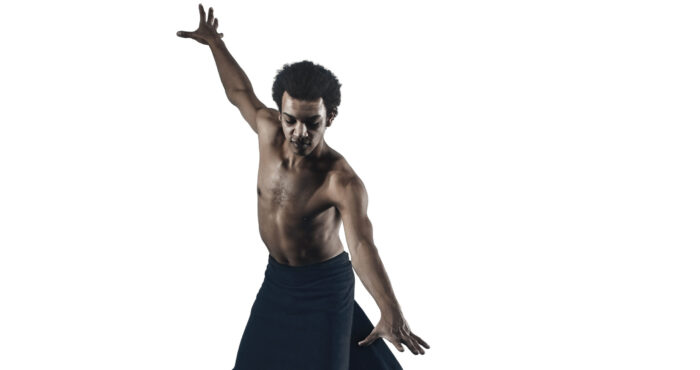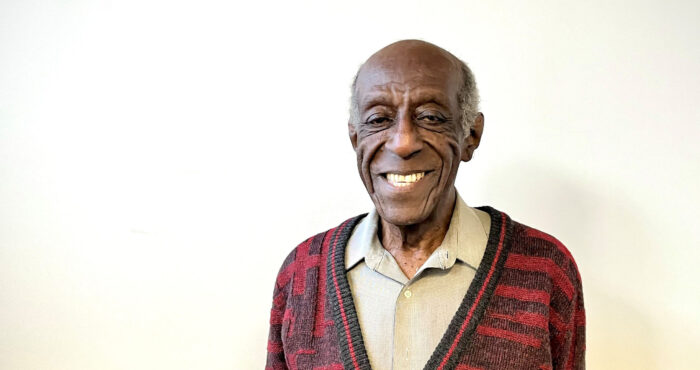As the shelter-in-place orders were implemented in California, I immediately felt buoyed by a sense of internal strength. Despite my fear I found solace and a sense of calm in the belief that all Americans would experience—and confront—a common threat collectively.
We would shelter in place. We would wash our hands. We would keep a physical distance from each other. We would come together in a way that we have not for a very long time. COVID-19 would be a remarkable unifier in our currently divided country.
That sense of concord was quickly replaced with fear and uncertainty. What I could never have imagined as fodder for partisan politics became an issue surrounded by lying and blaming by those in power. It was clear that competing agendas would lead to unnecessary pain, suffering and mortality.
Most disturbing were the reports about COVID-19 disparities related to infection rates, severity and death in communities of color.
From a public health perspective, it’s perhaps not surprising—yet still devastating in its reality.
We know that the structural inequities in our society lead to higher rates of other health conditions—diabetes, high blood pressure, cancer, heart disease to name a few—in communities of color. Given that these conditions make individuals more vulnerable to significant health consequences caused by COVID-19, it’s a logical consequence that health outcomes of COVID-19 are more severe in Black and other communities of color.
What I had at first thought of as a common challenge is in reality yet another condition fueled by inequity in our society.
A disturbing narrative I’ve heard over the past month is to place blame on the Black and Brown communities for their higher rates of COVID-19. The thinking is that people in these communities are choosing to be “non-compliant”–not practicing social distancing, declining to stay home from work, or failing to avoid friends and neighbors by preference. As a result, people are being infected with the coronavirus at higher rates. According to this line of thinking, people of color are suffering and dying at higher rates as a result of their own choices.
The truth is that none of us are choosing to be infected with this virus. People afflicted with COVID-19 have become ill, at least in large part, through no fault of their own. Many in our society have no other option but to continue to commute and interact with other people regularly as essential workers. They do not have the luxury of working from home, of staying six feet apart from others, of wearing scarcely available effective protective masks, or of taking time off of work when they are sick. This is most true for those who earn lower incomes and who have less in savings. Disgracefully, in the United States, this disportionately means communities of color.
Until now, many people in our country have been unwilling to accept that death and disease are, in large part, set by birthrights. The race and socioeconomic status we are born into go a long way in determining our future health. As more people observe these disparities in real time and listen to the broad range of voices speaking up about this issue, this moment may allow a broader spectrum of people in the U.S. to grasp this reality. My hope is that the collective realization that structural inequities in our society perpetuate poor health along racial and socioeconomic lines will create a demand for universal health care—something which has not yet taken hold in our country.
One of the most humbling moments I’ve experienced watching this epidemic unfold was when the Surgeon General made a statement about the importance of handwashing—but then added that not everyone has access to running water and soap. Of course, I was well aware that those experiencing unstable housing do not have consistent access to running water, soap, or shelter for that matter. But the Surgeon General was also referring to people and families who are housed. To think that our country—one of the richest in the world—sits idly by as families and entire communities struggle without running water is shameful.
I’m using my extra time at home to be grateful for the privileges I have. It’s also a time for us all to reflect on the continued inequities that people of color in our society face—many that people turn a blind eye to. As the director of Housing, Aging & Retention in Care at San Francisco AIDS Foundation, I am committed to ensuring that we capitalize on this moment of heightened awareness in society about health disparities to advocate for longstanding changes to the discriminatory practices impacting the health and well being of our communities.
I am left with the hope that we can utilize this exposure of disparity to mobilize our fellow Americans and decision-makers to make changes that would bring health equity to everyone.










